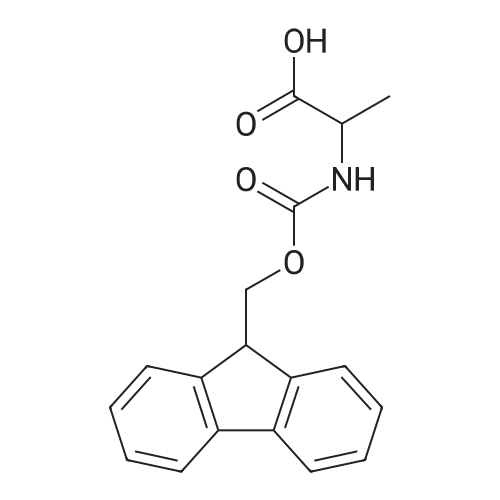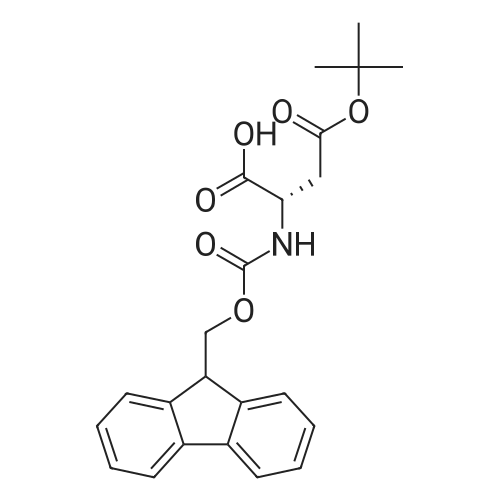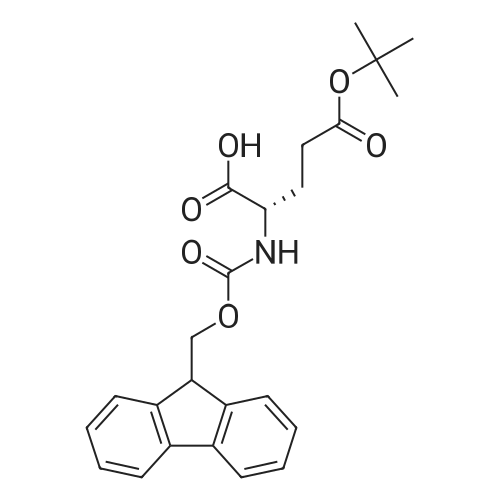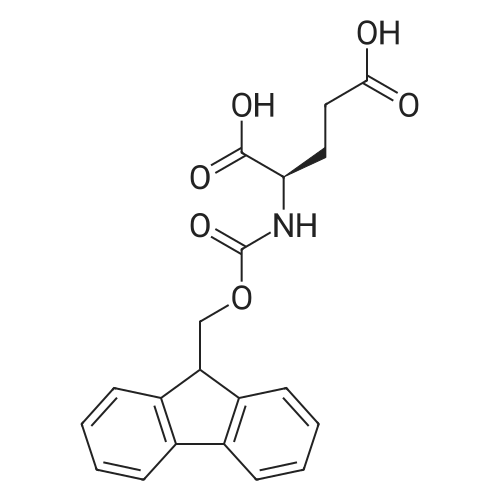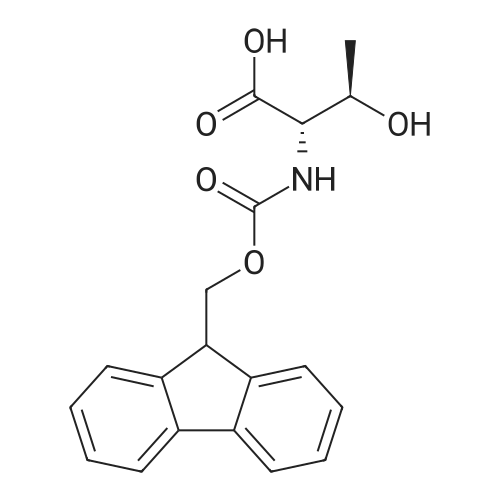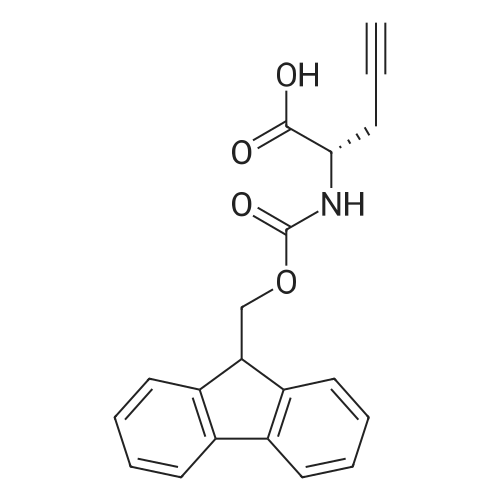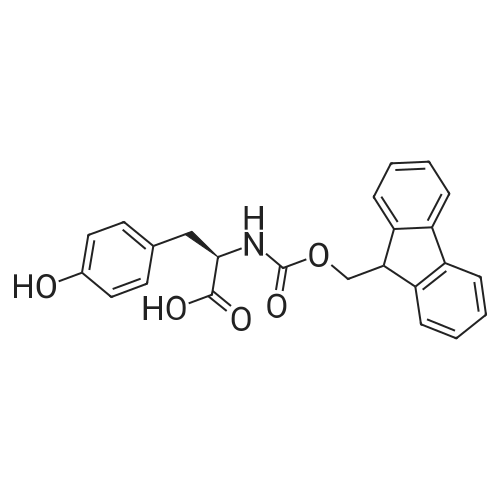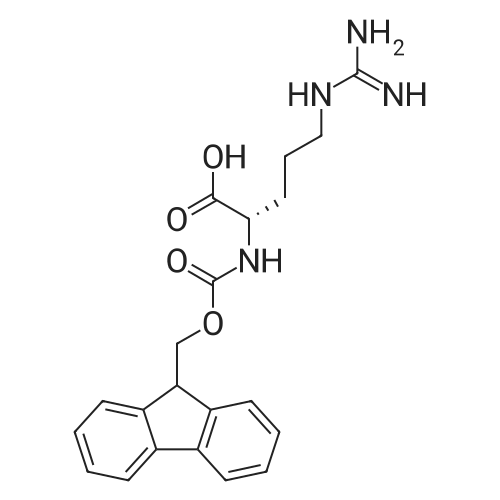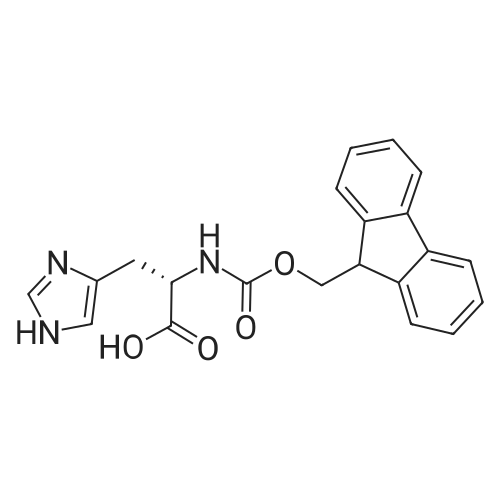Alternatived Products of [ 35737-15-6 ]

Product Citations
Synthesis of Modular DO3A-Based High-Relaxivity Contrast Agents for MRI of Prostate Cancer
Dana Qiang Murphy Soika
;
Rochester Institute of Technology,2022.
More
Abstract: Contrast agents (CAs) are small molecules used in magnetic resonance imaging (MRI) to help diagnose various forms of cancer. While MRI is advantageous over other clinical imaging techniques, limitations of today’s contrast agents containing gadolinium (Gd) hinder their safety, sensitivity, and specificity. The conventional CAs that MRI relies on are considered low-relaxivity and are not optimally effective at enhancing MR signal. Additionally, they lack cell-specificity and circulate throughout the body. Furthermore, unbound Gd3+ is nephrogenic which prevents its use in patients with impaired renal function. In the clinic, these limitations mean high dosages of these compounds must be administered to patients in order to produce an image that struggles to highlight the exact tumor location. Our aim was to improve conventional CAs by synthesizing a high-relaxivity (HR) targeted contrast agent (HR-TCA). The cell-specific nature of the HR-TCA will allow for its accumulation at tumor sites while the HR will produce a stronger MR signal per molecule of CA. Combined, this means a much lower and therefore safer dose of CA can be used to produce an image of the exact tumor location with superior contrast. Our modular approach allows us to easily combine this HR contrast agent (HR-CA) to any targeting peptide using a linker in a convergent, one-step synthesis. Our synthetic approach for the HR-CA module attaches a macrocyclic chelator, DO3A, to the side chain of an orthogonally protected alanine. This is a modification to the approach published by Boros in which t-butyl groups were utilized to protect DO3A. In our modular approach, Gd is chelated early to protect the acetic acid donor arms of DO3A from participating in unwanted side reactions for the remainder of the synthesis, eliminating any need to expose the final HR-TCA to the harsh acidic conditions of TFA that are necessary to remove t-butyl protecting groups. Upon removal of the N-and C-terminal protecting groups, the HR-CA module is coupled directly to our in-house synthesized targeting module which is comprised of the targeting agent (DCL) and linker (DSS) already attached to afford the final HR-TCA. T1 relaxation measurements of relevant intermediates and the final product were performed to compare their relaxivities with those of commercial CAs used in clinics, labs, and hospitals today. Although the HR-CA and final HR-TCA exhibited only a modest increase in T1 relaxivity compared to commercial CA Gd-DOTA, in a striking discovery it was observed that the presence of both a tryptophan spacer and an Fmoc protecting group boosted the T1 relaxivity significantly.
Purchased from AmBeed:
105832-38-0 ;
35737-15-6 ;
3483-12-3

Product Details of [ 35737-15-6 ]
| CAS No. : | 35737-15-6 |
MDL No. : | MFCD00037126 |
| Formula : |
C26H22N2O4
|
Boiling Point : |
No data available |
| Linear Structure Formula : | - |
InChI Key : | MGHMWKZOLAAOTD-DEOSSOPVSA-N |
| M.W : |
426.46
|
Pubchem ID : | 978343 |
| Synonyms : |
|
Application In Synthesis of [ 35737-15-6 ]
* All experimental methods are cited from the reference, please refer to the original source for details. We do not guarantee the accuracy of the content in the reference.
- Downstream synthetic route of [ 35737-15-6 ]

 Chemistry
Chemistry
 Pharmaceutical Intermediates
Pharmaceutical Intermediates
 Inhibitors/Agonists
Inhibitors/Agonists
 Material Science
Material Science













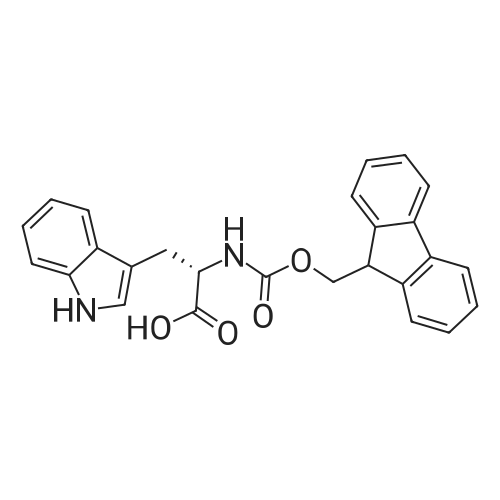

 For Research Only
For Research Only
 120K+ Compounds
120K+ Compounds
 Competitive Price
Competitive Price
 1-2 Day Shipping
1-2 Day Shipping








